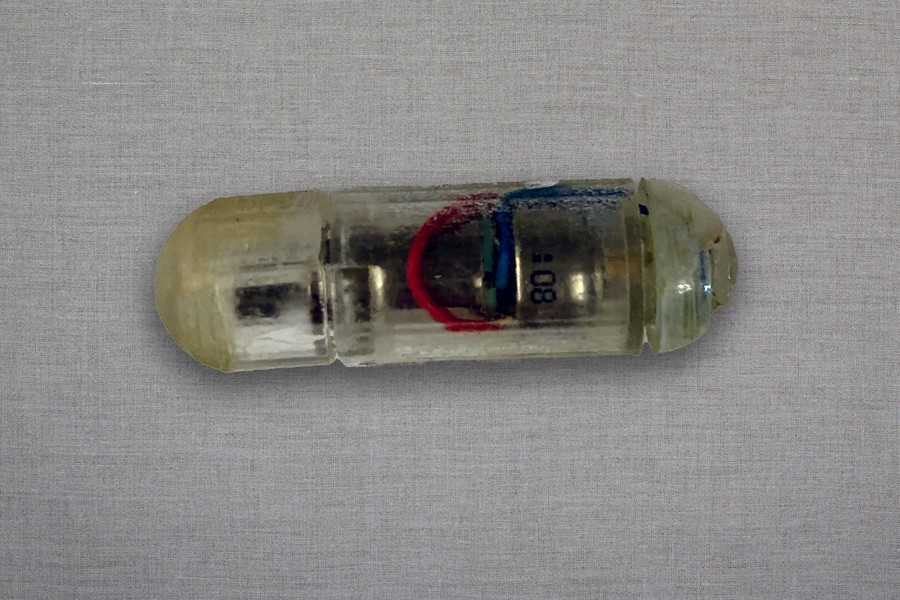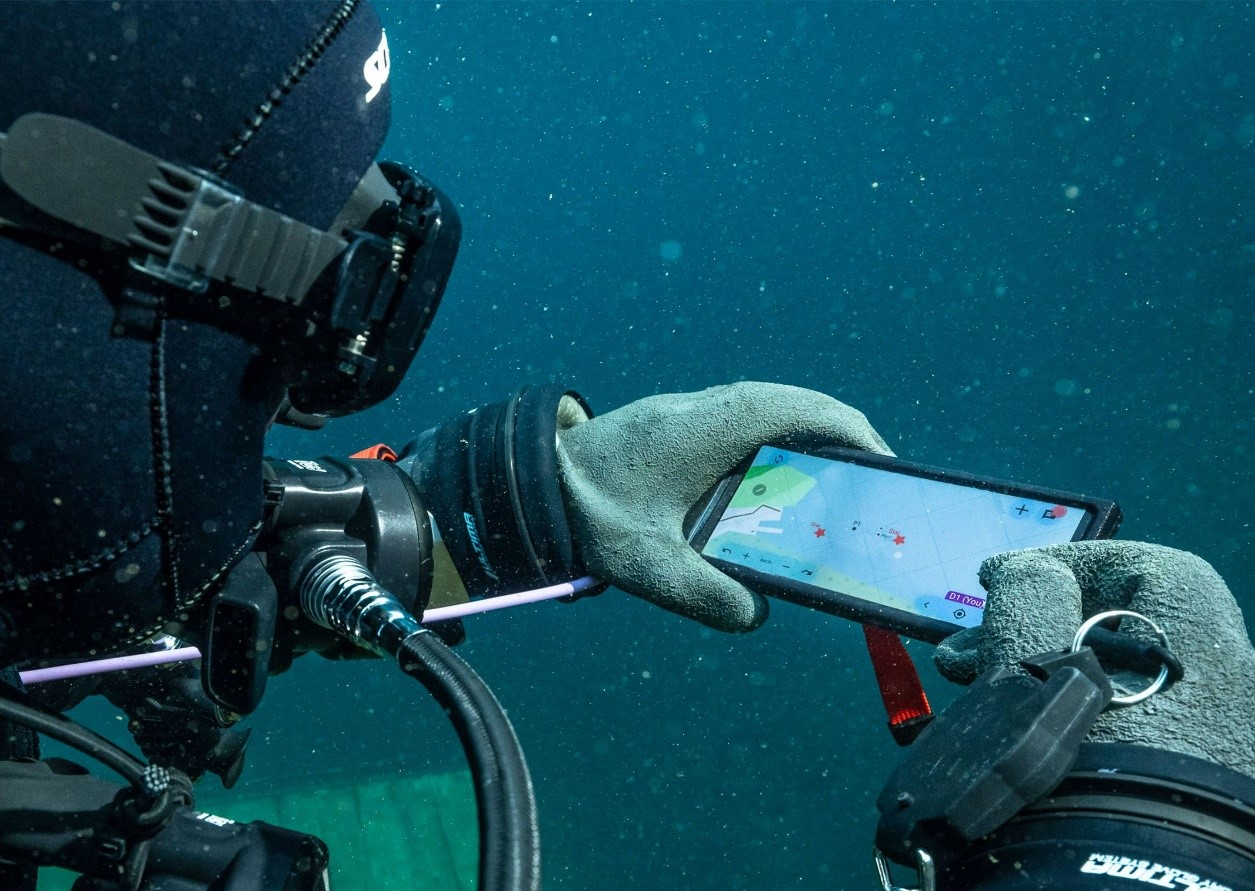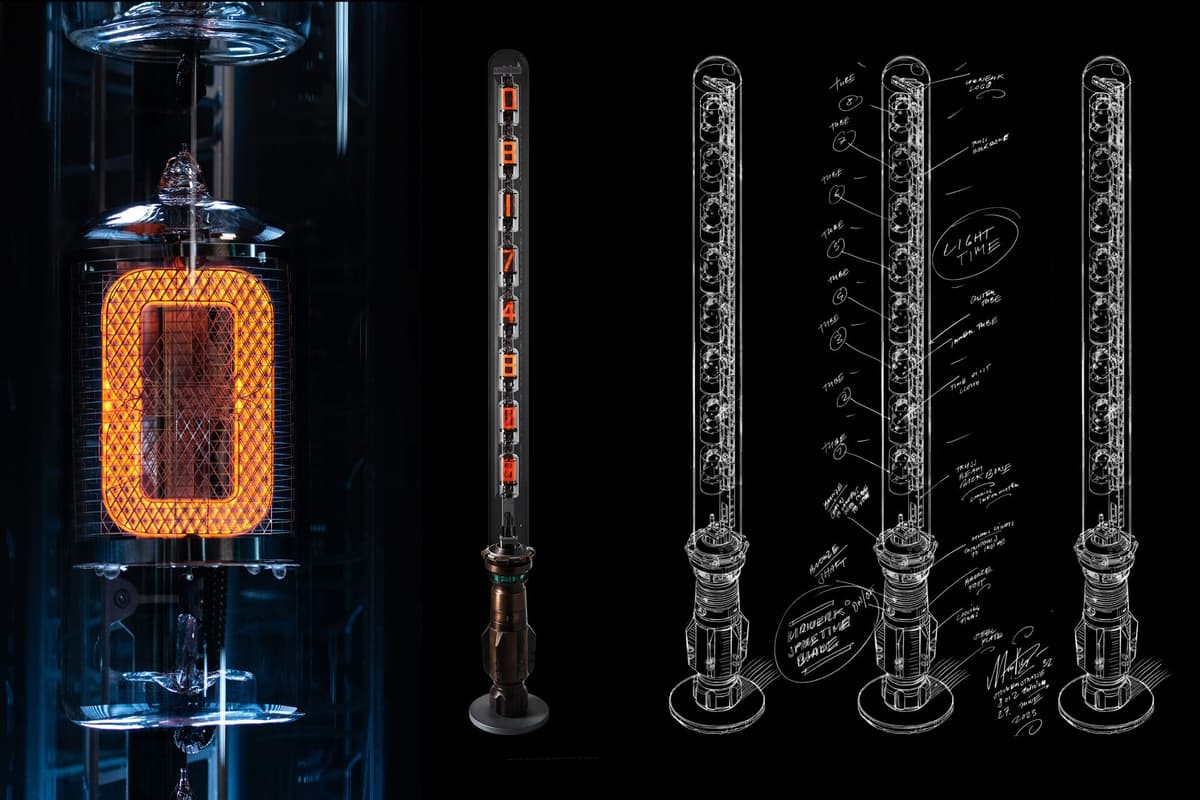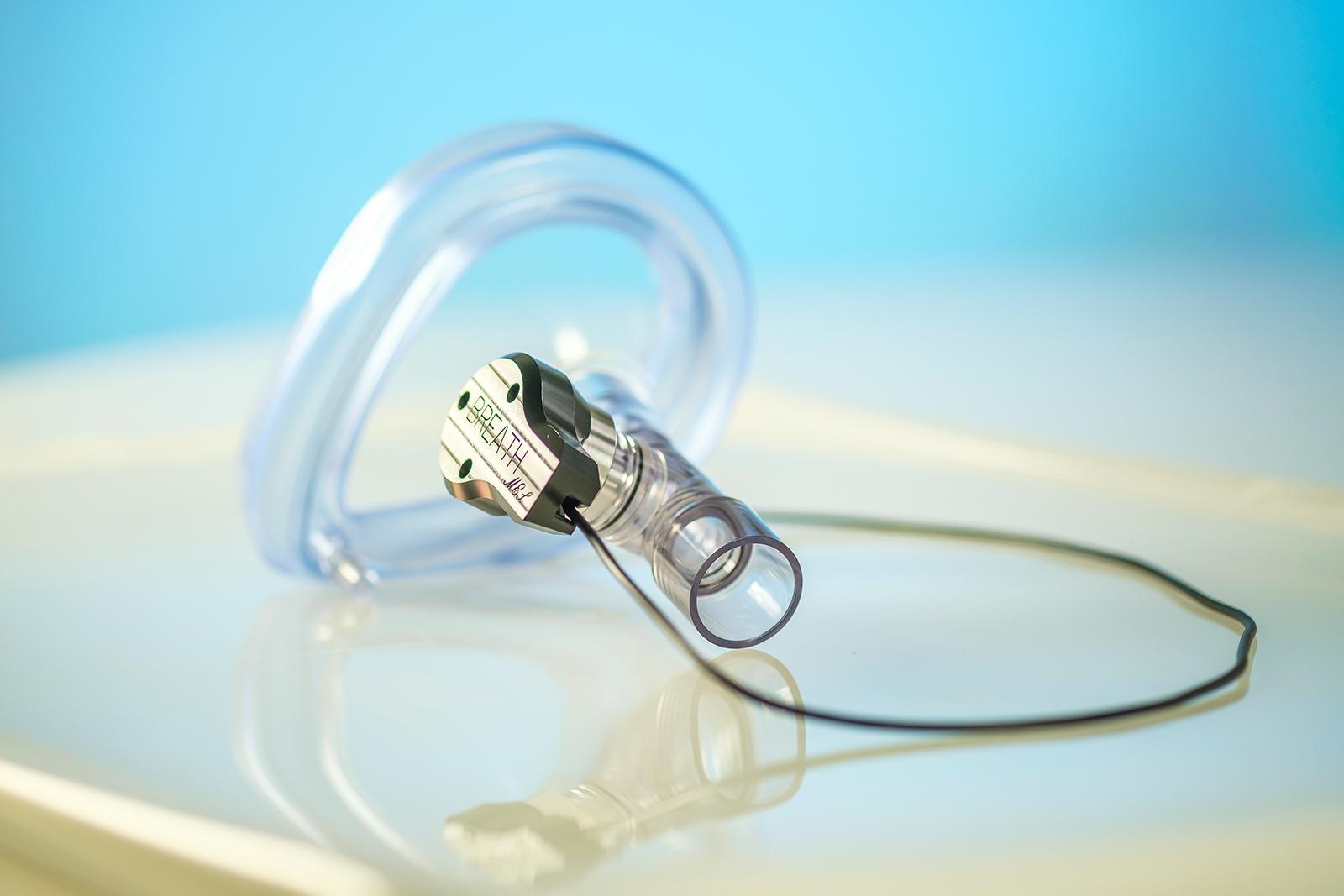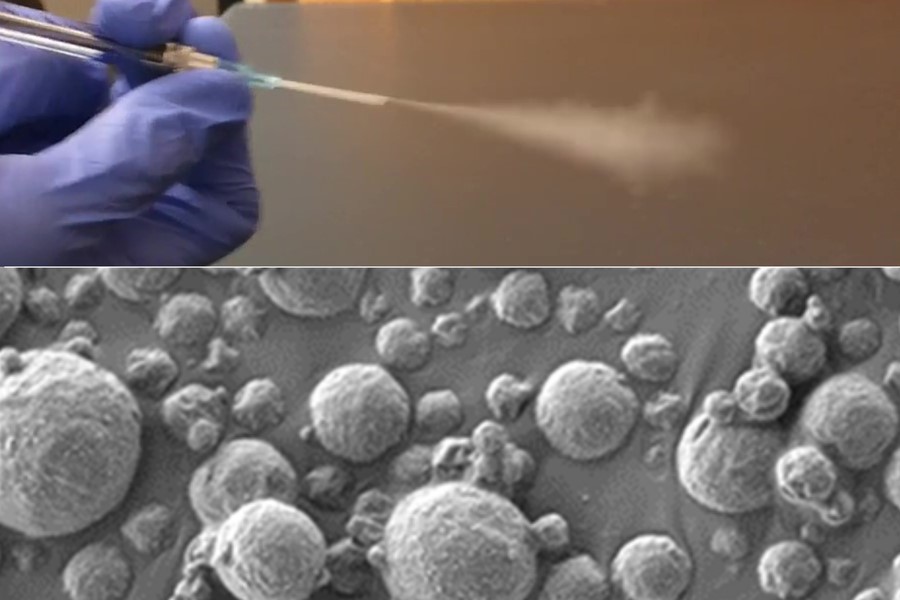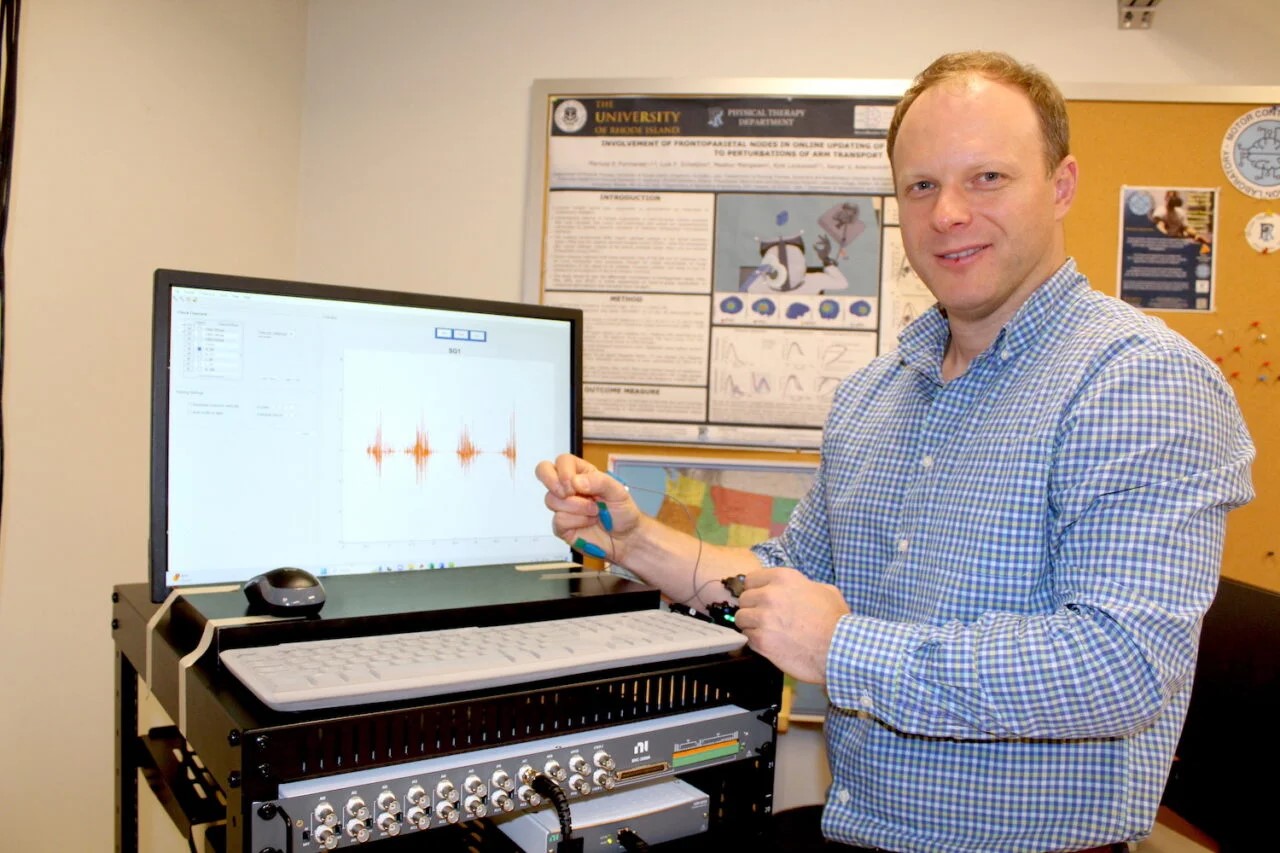Transparent Neural Implant Developed at UC San Diego Offers Breakthrough in Brain Activity Monitoring
Researchers at the University of California San Diego have made significant strides in the development of a neural implant that can provide detailed information about deep neural activity. Published in Nature Nanotechnology on January 11, the study outlines the creation of a thin, transparent, and flexible polymer strip embedded with a dense array of graphene electrodes. Tested in transgenic mice, this innovation moves us closer to building a minimally invasive brain-computer interface (BCI) capable of high-resolution data collection from deep within the brain.
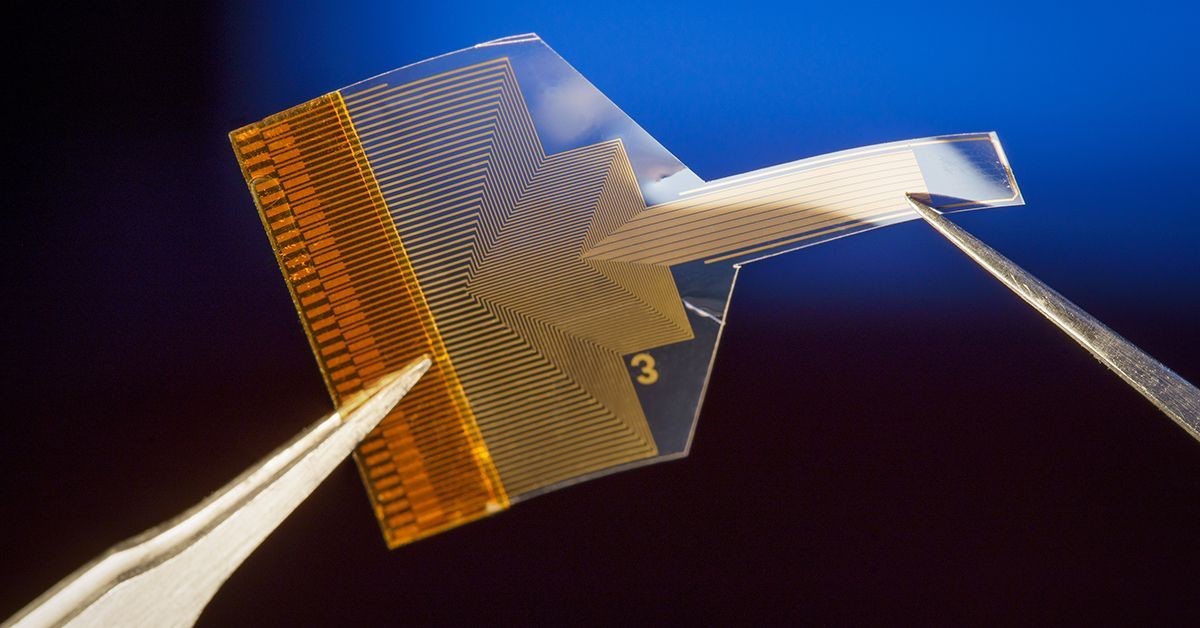
Figure 1. Transparent Brain Implant. (Credit: David Baillot/UC San Diego Jacobs School of Engineering)
Figure 1 shows transparent brain implant can read deep neural activity from the surface. Lead author Duygu Kuzum, a professor at the UC San Diego Jacobs School of Engineering, highlights the technology's ability to overcome existing limitations in neural implant technologies. While current surface arrays lack the capability to capture information beyond the brain's outer layers, needle-based electrodes penetrating the brain often lead to inflammation and scarring. The newly developed implant seeks to provide the best of both worlds.
The implant's design features a transparent polymer strip conforming to the brain's surface, embedded with a high-density array of tiny graphene electrodes. These electrodes, connected by micrometers-thin graphene wires, offer a unique advantage by enabling the capture of both electrical and calcium activity simultaneously. In tests on mice, the implant recorded surface electrical signals and used a two-photon microscope to visualize calcium spikes from neurons located up to 250 micrometers below the surface.
One of the key features of this neural implant is transparency, achieved by using graphene instead of traditional opaque metal materials for electrodes and wires. This transparency allows simultaneous recording of electrical signals and optical imaging, providing a more comprehensive understanding of neural activity in real-world scenarios.
The researchers employed innovative techniques to address challenges, such as using super-thin, long graphene wires and a double-layer fabrication with nitric acid doping to ensure functionality. The study demonstrates the most densely packed transparent electrode array on a surface-sitting neural implant to date.
The next steps involve testing the technology in different animal models, with a long-term goal of human translation. Additionally, the research group plans to share the technology with labs worldwide to advance fundamental neuroscience research. To facilitate this, they have applied for a National Institutes of Health (NIH) grant to scale up production and promote widespread adoption of this groundbreaking technology.
Source: University of California - San Diego
Cite this article:
Hana M (2024), Transparent Neural Implant Developed at UC San Diego Offers Breakthrough in Brain Activity Monitoring, AnaTechMaz, pp. 254


